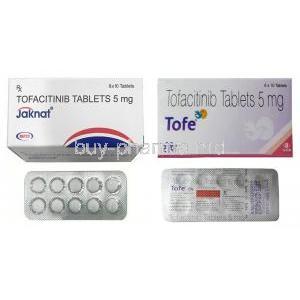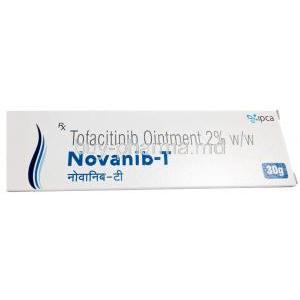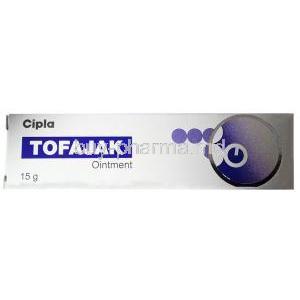Penicillamine
- I. Introduction
- II. Composition of Penicillamine
- III. How Penicillamine Works
- IV. Approved Uses of Penicillamine
- V. Off-Label Uses of Penicillamine
- VI. Dosage and Administration Guidelines
- VII. Drug Interactions with Penicillamine
- VIII. Common and Severe Side Effects
- IX. Warnings and Contraindications
- X. Careful Administration and Important Precautions
- XI. Special Populations
- XII. Overdose Management
- XIII. Storage and Handling Precautions
- XIV. Conclusion
I. Introduction
Brief History of Penicillamine
Penicillamine, commonly considered a chelation therapy component, can be traced back to the mid-20th century. It was initially derived as a byproduct of penicillin. It has since developed its therapeutic characteristics that set it apart from its original molecule.
Importance in Medical Therapeutics
Chelation ability: It effectively binds to metals and certain harmful substances, aiding their removal from the body. Properties that modify diseases are fundamental in conditions like rheumatoid arthritis as it helps regulate the progression of the disease. Going beyond symptom management, It tackles the root causes of various shapes.
Objective and Scope of the Article
This article aims to shed light on the nature of Penicillamine, delving into its composition, how it works, its uses, and possible side effects. The goal is to create a resource for medical professionals and anyone interested in understanding the pharmacological properties of this molecule.
II. Composition of Penicillamine
Chemical Structure
Penicillamine, also called β,β dimethylcysteine, has a thiol side chain that gives it its ability to chelate.
Formulations Available
Penicillamine is available in forms, including oral tablets and compounded creams, showcasing its versatility in different formulations. However, the standard way it is used is through capsules or tablets for systemic administration.
Stability and Solubility
Penicillamine, a compound that dissolves in water, needs to be stored to avoid moisture. Its stability depends on keeping it from light and following the recommended storage temperatures.
III. How Penicillamine Works
Mechanism of Action
Penicillamine is known for its ability to bind to metals and make them inactive. This binding process allows the complex to be eliminated from the body, thereby reducing the effects of the metal. Additionally, in conditions such as arthritis, it hinders specific cellular processes, which helps alleviate the severity of the disease.
Cellular Impact
The molecule disrupts the collagen cross-linking process, which impacts tissues' structure and makeup. This is particularly important in conditions such as scleroderma.
Therapeutic Effects
Chelation: Efficiently eliminates metals from the body. Anti-inflammatory; Adjusts immune responses to reduce inflammation. Tissue modification; Influences the characteristics of tissue.
IV. Approved Uses of Penicillamine
Treatment of Wilson's Disease
Wilson’s Disease is a genetic disorder that causes excessive copper accumulation in the liver, brain, and other organs. 1Penicillamine is a chelating agent that removes excess copper deposition from the body 123. It binds with copper and helps remove it from the system, thereby preventing organ damage 1.
Here are some references that provide more information on Wilson’s Disease and Penicillamine:
- msn.com’s-disease/hp-Wilson’s-disease?source=conditioncdx): This website provides an overview of Wilson’s Disease, including its symptoms, diagnosis, and treatment options.
- Cleveland Clinic: This website provides detailed information on Wilson’s Disease, including its symptoms, causes, diagnosis, and treatment options.
- National Institute of Diabetes and Digestive and Kidney Diseases (NIDDK): This website provides information on the treatment of Wilson’s Disease, including chelating agents such as Penicillamine.
- MSD Manual Professional Edition: This website overviews Wilson’s Disease, including its symptoms, diagnosis, and treatment options.
- Focus Medica’s-disease/hp-Wilson’s-disease?source=conditioncdx): This website provides an overview of Wilson’s Disease, including its symptoms, diagnosis, and treatment options.
Rheumatoid Arthritis Management
Penicillamine is a disease-modifying antirheumatic drug (DMARD) used to treat severe active rheumatoid arthritis in patients who have failed to respond to an adequate trial of conventional therapy 12. It helps to decrease pain, tenderness, and swelling in the joints 3. Penicillamine is known to suppress the immune system, which helps to stop it from attacking the tissues of the body and reduces the damaging effect of the disease on the joints 4.
Here are some references that provide more information on Penicillamine:
- WebMD: This website provides detailed information on Penicillamine, including its uses, side effects, interactions, and precautions.
- Cochrane Library: This website comprehensively reviews Penicillamine’s efficacy in treating rheumatoid arthritis.
- Medscape: This website provides detailed information on Penicillamine’s dosing, indications, interactions, adverse effects, and more.
- Patient.info: This website overviews Penicillamine’s uses and side effects.
- Drugs.com: This website provides detailed information on Penicillamine’s uses, dosage, side effects, and more.
Cystinuria Treatment
Penicillamine is a disease-modifying antirheumatic drug (DMARD) that is used to treat severe active rheumatoid arthritis in patients who have failed to respond to an adequate trial of conventional therapy 12. It helps to decrease pain, tenderness, and swelling in the joints . Penicillamine is also used to treat cystinuria, a rare genetic disorder characterized by the presence of cystine in urine 345. It works by binding with cystine molecules and forming a soluble complex that can be excreted from the body, thereby preventing the formation of kidney stones 345.
Here are some references that provide more information on Penicillamine and its use in treating cystinuria:
- WebMD: This website provides detailed information on Penicillamine, including its uses, side effects, interactions, and precautions.
- National Institute of Diabetes and Digestive and Kidney Diseases (NIDDK): This website overviews cystinuria, including its symptoms, diagnosis, and treatment options.
- Cleveland Clinic: This website provides detailed information on cystinuria, including its symptoms, causes, diagnosis, and treatment options.
- Mayo Clinic: This website overviews cystinuria, including its symptoms, diagnosis, and treatment options.
- Drugs.com: This website provides detailed information on Penicillamine’s uses, dosage, side effects, and more.
Heavy Metal Poisoning: Lead, Mercury, Copper
Penicillamine is a chelator used to treat Wilson’s disease, cystinuria, and rheumatoid arthritis 12. It works by binding to metals such as copper and lead and removing them from the body 12. Penicillamine decreases pain, tenderness, and swelling in the joints of patients with rheumatoid arthritis 1. It also helps to reduce cystine excretion in cystinuria 1. To treat Wilson’s disease, penicillamine binds to copper and allows it to be eliminated in the urine. Decreasing copper levels helps to improve liver function and the mental/mood/nerve problems caused by the disease 1.
Here are some references that provide more information on penicillamine:
V. Off-Label Uses of Penicillamine
Scleroderma Management
Penicillamine is a chelator that is used to treat Wilson’s disease, cystinuria, and rheumatoid arthritis 12. It works by binding to metals such as copper and lead and removing them from the body 12. Penicillamine decreases pain, tenderness, and swelling in the joints of patients with rheumatoid arthritis 1. It also helps to reduce cystine excretion in cystinuria 1. To treat Wilson’s disease, penicillamine binds to copper and helps it to be eliminated in the urine. Decreasing copper levels helps to improve liver function and the mental/mood/nerve problems caused by the disease 1.
Penicillamine has been used in the treatment of scleroderma due to its effects on tissue, which can help improve the texture and flexibility of the skin. Early open-label trials suggested that D-penicillamine was effective in scleroderma, resulting in improvements in skin thickening and in the progression of internal organ involvement 1. However, a large randomized controlled trial of low dose (62.5 mg daily) vs. high amount (750 mg daily) D-penicillamine failed to demonstrate significant differences in skin score, mortality, or incidence of renal crisis 1.
Here are some references that provide more information on penicillamine:
- Medscape
- WebMD
- GoodRx
- DrugBank Online
Systemic Lupus Erythematosus (SLE)
Penicillamine is a chelator that is used to treat Wilson’s disease, cystinuria, and rheumatoid arthritis 1 . It works by binding to metals such as copper and lead, and removing them from the body 1 . Penicillamine is known to decrease pain, tenderness, and swelling in the joints of patients with rheumatoid arthritis 1. It also helps to reduce cystine excretion in cystinuria 1. For the treatment of Wilson’s disease, penicillamine binds to copper and helps it to be eliminated in the urine. Decreasing copper levels helps to improve liver function and the mental/mood/nerve problems caused by the disease 1.
Penicillamine has been studied as a potential treatment option for systemic lupus erythematosus (SLE) due to its ability to modulate the immune system. However, its use in this context is not officially approved and requires careful clinical assessment 2.
Here are some references that provide more information on penicillamine:
- Medscape
- Patient.info
- Europe PMC
- WebMD
Alzheimer’s Disease
Penicillamine has been investigated for its potential influence on the processes related to Alzheimer’s Disease. However, there is still a lack of evidence to draw any conclusive conclusions 1.
1: “Nasal Delivery of D-Penicillamine Hydrogel Upregulates a Disintegrin and Metalloprotease 10 Expression via Melatonin Receptor 1 in Alzheimer’s Disease Models.” Frontiers in Aging Neuroscience, vol. 13, 2021, doi: 10.3389/fnagi.2021.660249.
Other Investigative Applications
Penicillamine shows promise in therapeutic areas, including antiviral applications and potential roles in oncology. Its wide range of uses calls for further investigation and exploration.
VI. Dosage and Administration Guidelines
Standard Dosage Across Approved Indications
The required dosage can vary depending on the condition. For example, Wilson's disease may require a dosage compared to rheumatoid arthritis. It is crucial to follow the prescribed dosages.
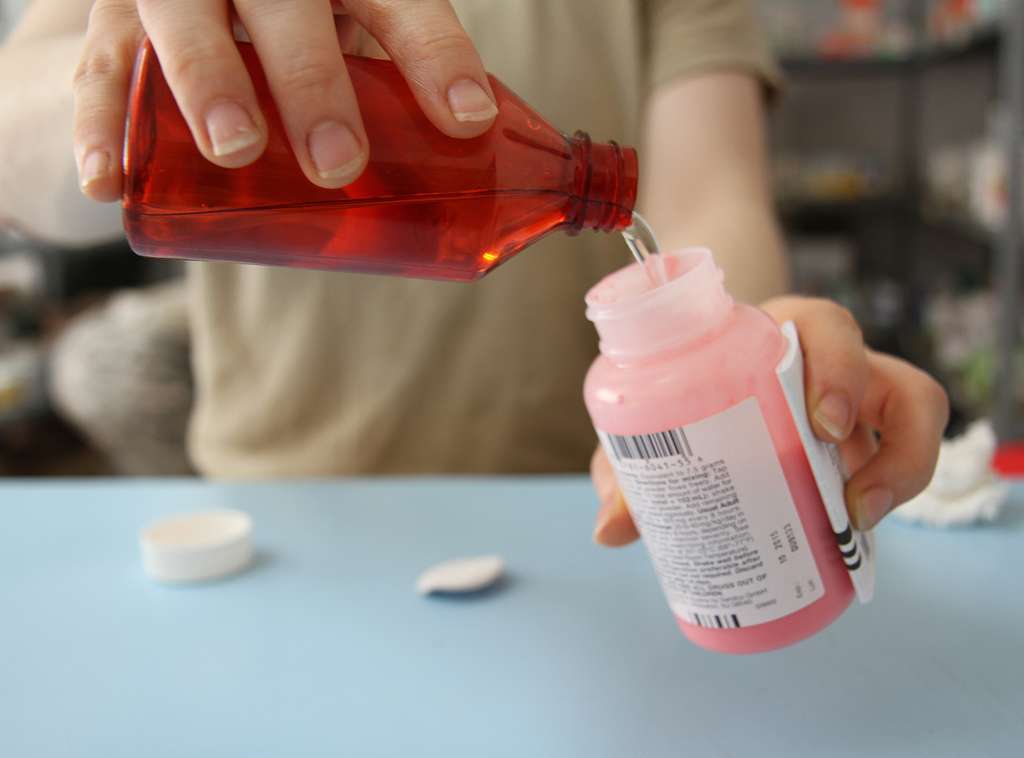
Titration and Dose Adjustments
A commonly followed approach is starting with doses and gradually increasing them based on how the patient responds and tolerates the medication. In addition, if there are any kidney or liver issues, it may be necessary to adjust the dosage.
Frequency and Timing
Usually taken once a day, the effectiveness of its absorption can be affected by food. It's often recommended to take it on an empty stomach. However, the specifics may vary depending on the clinical situation.
Special Considerations: Hepatic and Renal Impairment
Both of these systems within the body have an impact on how Penicillamine is processed and distributed. As a result, if there are any issues or limitations with these systems, it can affect the dosage of the medication. This means careful monitoring and potential adjustments to the dosage may be needed.
VII. Drug Interactions with Penicillamine
Pharmacodynamic Interactions
Using this medication in combination with disease-modifying antirheumatic drugs (DMARDs) or immune suppressants could enhance specific effects, so it's important for doctors to be vigilant and closely monitor patients.
Pharmacokinetic Interactions
The absorption of penicillamine may be hindered by antacids and other medications, potentially reducing its effectiveness as a treatment.
Antacids and Mineral Supplements
It is recommended to administer them at times since they can attach themselves to Penicillamine, hindering its absorption.
Avoidance Strategies and Monitoring
Taking a stance means avoiding known interactive agents and regularly monitoring to ensure the therapy is effective and safe.
VIII. Common and Severe Side Effects
Gastrointestinal Upsets
The use of Penicillamine can lead to gastrointestinal issues such as nausea and diarrhea. To manage these effects, it may be necessary to make adjustments to the dosage or consider using medications alongside it.
Hematological Alterations
It has the potential to affect the blood cells, which can result in conditions such, as thrombocytopenia. It is essential to undergo blood tests to identify any issues at an early stage.
Dermatological Reactions
Rashes and dermatitis are some skin reactions that can occur when using Penicillamine.
Neurological Symptoms
The usage of this product may be associated with symptoms such as tremors or cognitive symptoms, like confusion. If you experience any of these, it is essential to seek medical attention.
IX. Warnings and Contraindications
Allergy and Hypersensitivity
People with a history of reactions, to Penicillamine, should avoid using it. There have been documented cases of skin problems and severe allergic reactions.
Liver Disease and Dysfunction
Extreme care should be taken when considering the use of Penicillamine for individuals with liver impairments. The presence of liver enzymes may indicate potential liver dysfunction shortly.
Renal Impairments
Renal clearance plays a role in how the drug is processed in the body. It is essential to take into account changes in dosage for patients with renal dysfunction. Regular monitoring of kidney function is necessary. Cannot be overlooked.
Blood Disorders
Thrombocytopenia, leucopenia, and other abnormalities in blood cell counts are side effects of Penicillamine treatment. In some cases, it may be necessary to discontinue the therapy.
X. Careful Administration and Important Precautions
Monitoring Liver and Kidney Function
It is not advisable but crucial to conduct regular tests to evaluate liver and kidney function, which is essential, for ensuring effective and safe treatment.
Routine Blood Tests
Regular blood tests are crucial to prevent complications. It is essential to monitor the levels of neutrophils and platelets.
Contraindicated Medications and Foods
It is advisable to avoid taking Penicillamine along with antacids and mineral supplements as they may reduce the effectiveness of the medication by binding with it.
XI. Special Populations
a. Administration to the Elderly
Dosing Adjustments: It is advisable to start with doses considering the reduced organ function often observed in elderly individuals. Monitoring, for Side Effects; It is essential to remain vigilant in order to promptly detect age-related susceptibility to reactions caused by medications.
b. Administration to Pregnant Women and Nursing Mothers
The FDA categorizes Penicillamine as Category D, which means there is a risk to the fetus. It is crucial to analyze the benefits and risks before using this drug and it should only be used if absolutely necessary.
c. Administration to Children
The dosage for children should be adjusted according to the severity of the illness and the child's weight. It is important to note that there is information available regarding the safety of this medication in pediatric populations, so it's best to proceed with caution.
XII. Overdose Management
Symptoms of Overdose
Symptoms can manifest as a decline in kidney function issues with muscle control and coordination, and intense discomfort, in the gastrointestinal tract.
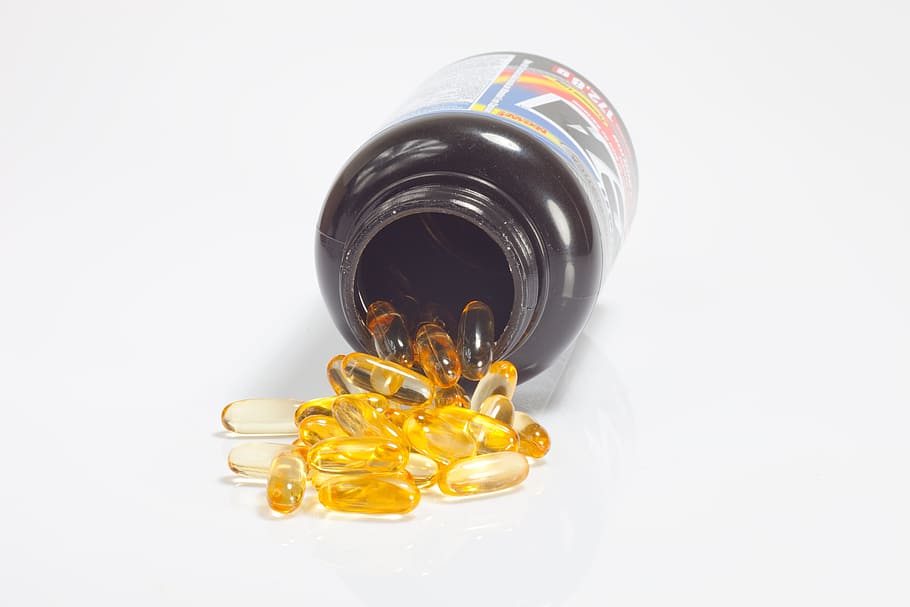
Immediate Interventions
In case of an overdose, it is recommended to perform lavage promptly and administer activated charcoal. These measures can help reduce the effects of the overdose.
Antidotes and Supportive Care
There is currently no known antidote for this. Providing supportive care is essential. This includes administering fluids through a line and offering relief measures for symptoms.
XIII. Storage and Handling Precautions
Optimal Storage Conditions
Please keep the product stored at room temperature, ensuring it is protected from moisture and light to maintain its chemical stability.
Shelf-Life
Usually, the shelf life lasts for around 1 to 2 years. This can vary depending on how well it is stored.
Disposal Guidelines
Adhere to local pharmaceutical disposal guidelines to prevent any environmental detriments.
XIV. Conclusion
Summary of Key Points
The versatile abilities of Penicillamine highlight its role in modern medicine. However, there are considerations to keep in mind when using it, which require a personalized approach to treatment.
Clinical Relevance and Utility
The drug has a range of clinical applications, from treating Wilson's disease to rheumatoid arthritis. However, it is essential to administer it with discretion.
Future Research Avenues
Ongoing research has the potential to uncover possibilities for the drug leading to advancements in therapeutic treatments for various conditions such as neurodegenerative disorders and malignancies.































